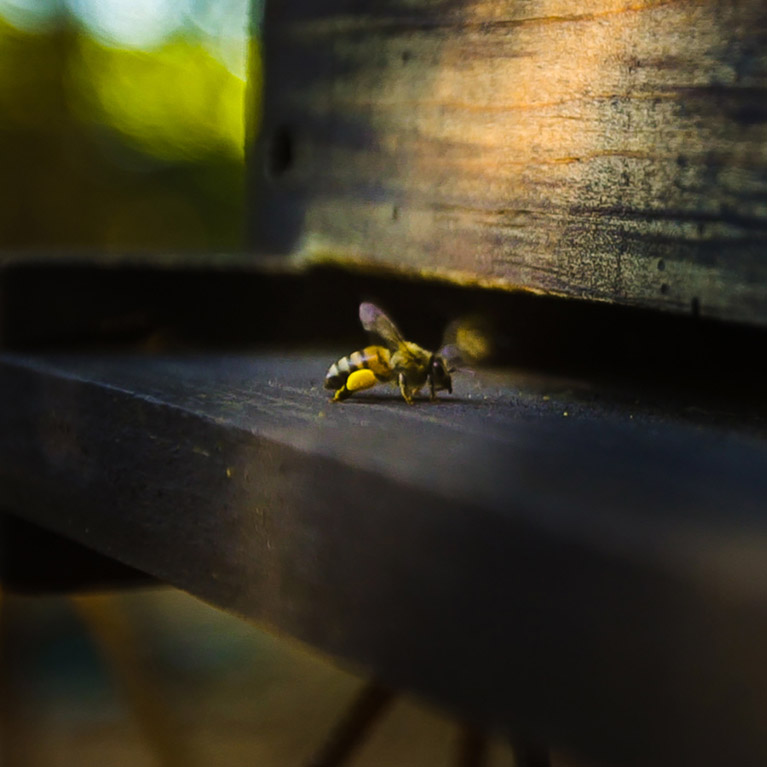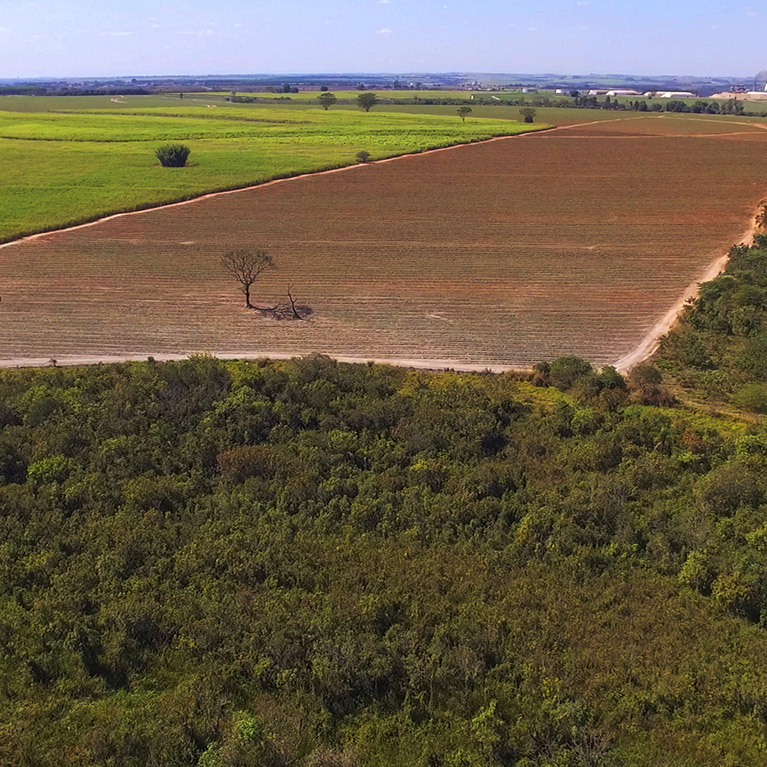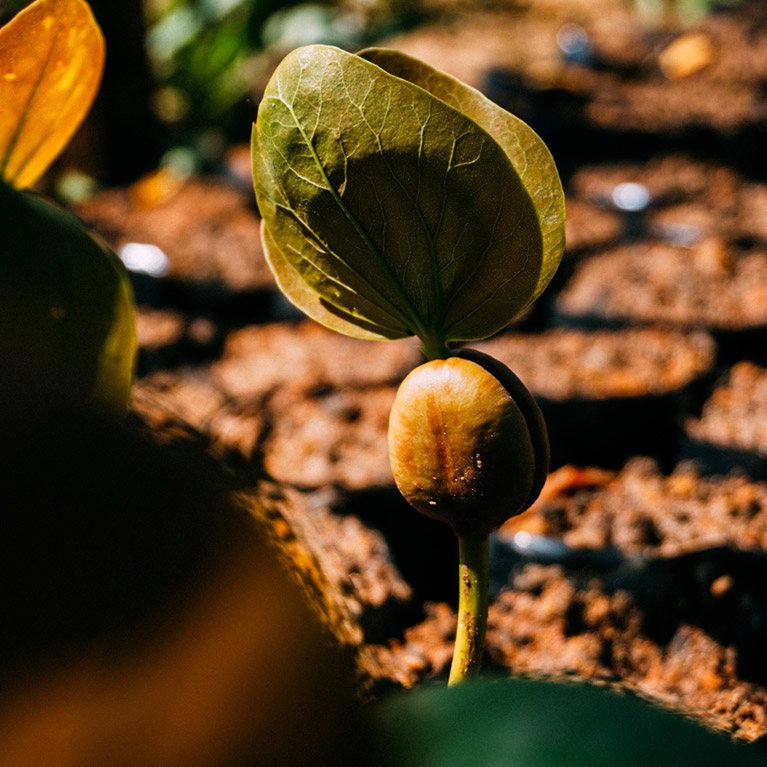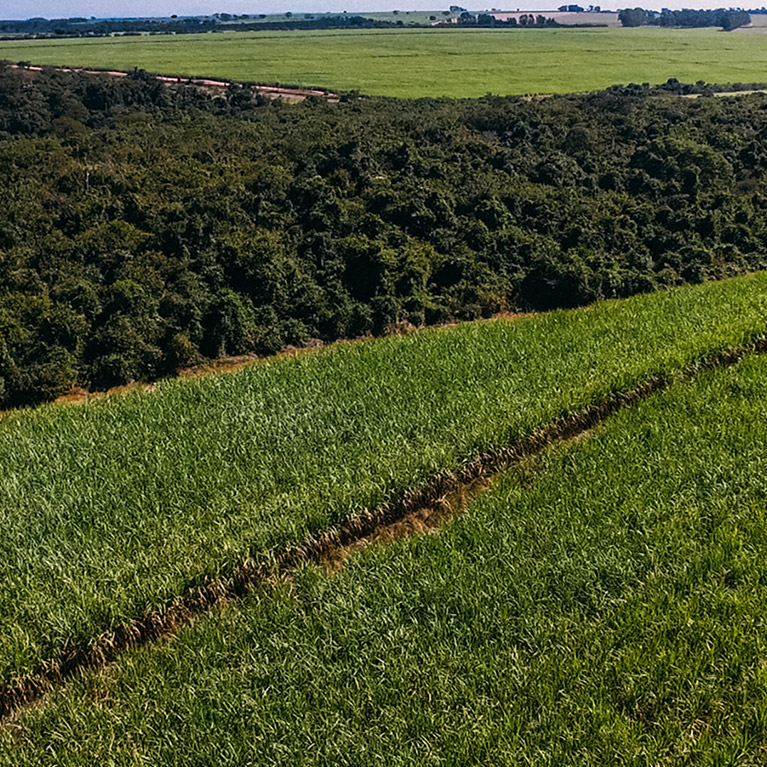MYTHS AND FACTS

Does Brazilian sugarcane ethanol lead to deforestation?
Myth
With Renovabio, the bioenergy sector has committed itself to zero deforestation, even in permitted areas. Degraded pasture areas are used to expand new sugar cane plantations.
For corn ethanol, we use the grain grown in the second harvest, taking advantage of areas mainly used for planting soybeans.

Is sugarcane ethanol the cleanest liquid biofuel?
Fact
First generation sugarcane ethanol can reduce, on average, up to 90% of CO2eq when compared to fossil fuels. This is one of the highest emission reductions achieved by any renewable fuel. Second generation sugarcane ethanol performs even better, with a carbon footprint lower than regular sugarcane ethanol.

Does fertilizer used in sugarcane production contaminate local water sources?
Myth
Brazilian sugarcane makes widespread use of organic fertilizers obtained as part of sugarcane processing. Mills recover residues called filter cake (which is rich in phosphorus) and vinasse (loaded with potassium, organic matter and other nutrients), which they then use in replacement of traditional fertilizers. Vinasse and filter cake are one of the natural and circular solutions to promote improved soil health and reduce reliance on chemical fertilizers.

Is Brazilian sugarcane sustainable?
Fact
Brazilian sugarcane industry follows strict labor and environmental standards. Sugarcane production process has improved tremendously over the years, increasing the sustainability of the sector. Most recently Brazil has adopted a national biofuels policy, Renovabio, that demands zero deforestation. This policy will help place Brazilian sugarcane as one of the most sustainable crops in the world.

